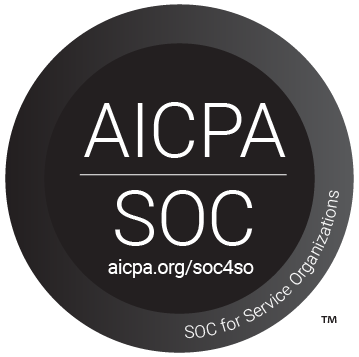TALKing Points from Joan Getman, January 19, 2010
| The Horizon Report, K-12 Edition | |
The first ever Horizon Report for the K12 sector describes the continuing work of the NMC’s Horizon Project, a research-oriented effort that seeks to identify and describe emerging technologies that will likely have a significant impact on K-12 education. |
| Delicious | |
Delicious is a social bookmarking service that allows users to tag, save, manage and share web pages from a centralized source. With emphasis on the power of the community, Delicious greatly improves how people discover, remember and share on the Internet. To view the websites Joan referenced, use the tag itdtalks. |
| Joan Getman's PowerPoint Presentation | |
Feel free to view the PowerPoint slides Ms. Getman shared at the January 19, 2010, TALKS event. |
| On the Horizon: One Year or Less |
Collaborative Environments | Collaborative environments are virtual workplaces where students and teachers can communicate, share information, and work together. A growing emphasis on collaboration in education — and an increasing recognition that collaboration is the norm in many modern workplaces — has led more teachers to seek tools to facilitate group interaction and teamwork in their classes. Online spaces designed to support groups of students working together take many forms, from relatively simple tools that lend themselves to multiple simultaneous authors all the way up to full-fledged classroom environments in both the flat web and the 3D world of virtual environments. Collaborative environments provide the means for students to work with peers both local and distant, practice creative teamwork, and develop peer relationships. |
| Online Communication Tools | As more professionals work from remote or distributed locations, the need for cheap, flexible communication tools has grown. Recent technological developments are creating more ways for users to work anytime and anywhere, and these new tools are finding their way into homes and classrooms as well. Online communication tools put students in touch with distant family members, practicing experts, and their peers, wherever they may be located. Desktop videoconferencing, instant messaging services, microblogging platforms, and voice-over-IP clients facilitate connections and the dissemination of information between and among students and teachers, keeping classroom communities in touch with each other on a more extensive basis than ever before. | |
| On the Horizon: Two to Three Years |
Mobiles | It is becoming increasingly common for young people to own mobile devices. In the upper grades, it is not at all unusual to find that students carry mobiles, even if they are not allowed to use them during class, and younger students often carry them as well. The unprecedented evolution of these devices continues to generate great interest, and their increasing capabilities make them more useful with each new generation of devices. One recent feature — the ability to run third-party applications — represents a fundamental change in the way we regard mobiles and opens the door to myriad uses for education, entertainment, productivity, and social interaction. |
| Cloud Computing | The cloud refers to computing resources resulting from very large “data farms” — specialized data centers that host thousands of servers. Cloud computing uses the surplus resources to lower the cost and increase the availability of disk storage and processing power to the point that anyone can obtain it, almost at a moment’s notice, very cheaply. Applications that run in the cloud can scale up or down depending on immediate demand, and many of us use such applications daily without even being aware that they are cloud-based. Image editors, word processors, social networking tools, and more are always available. Accessed via a web browser, they are often free and come with huge amounts of storage space for whatever we wish to keep there. The infrastructure has improved to the point that the cloud is robust and reliable. As usage grows, the cloud is changing our ideas about computing and communication. | |
| On the Horizon: Four to Five Years |
Smart Objects |
Smart objects link the virtual world and the real: a smart object “knows” about itself and its environment, and can reveal what it is for, who owns it, where and how it was made, and what other objects in the world are like it. A smart object can be tied to related information in a variety of media, placing itself within a rich context that is made plain simply by following the connection. Smart objects can interact with one another, creating new interfaces for controlling computers. There are many technologies that support smart objects, from simple printed stickers to complex computing and sensor networks. In each case, whatever the underlying technology, smart objects exist in the physical world but have some kind of virtual counterpart. The means to create, track, and use smart objects has not yet entered the mainstream, but recent advances in identification technology have led to some interesting proof-of-concept applications that suggest everyday uses are just down the road. |
| The Personal Web | Teachers using the Internet as a resource are as aware as anyone else that the amount of content available on the web is staggering. Selecting valuable material to use in preparing lessons or to suggest as resources for students is a time-consuming and sometimes frustrating task. The proliferation of content — both useful and not — has been fueled in part by the ease of web publishing; it is easy to blog, tweet, post photos and videos, comment on other blogs, create course websites, and post updates to social networks online. Another issue goes hand-in-hand with the question of how to find useful material: the problem of how to keep track of the various bits of content posted by colleagues, peers, friends, or even oneself. To deal with these issues, readers and publishers of online content are assembling collections of tools, widgets, and services that handle developing and organizing dynamic online content. Tools for tagging, aggregating, updating, and keeping track of content assist today’s learners in creating and navigating a web that is increasingly tailored to their own needs and interests: the personal web. |








